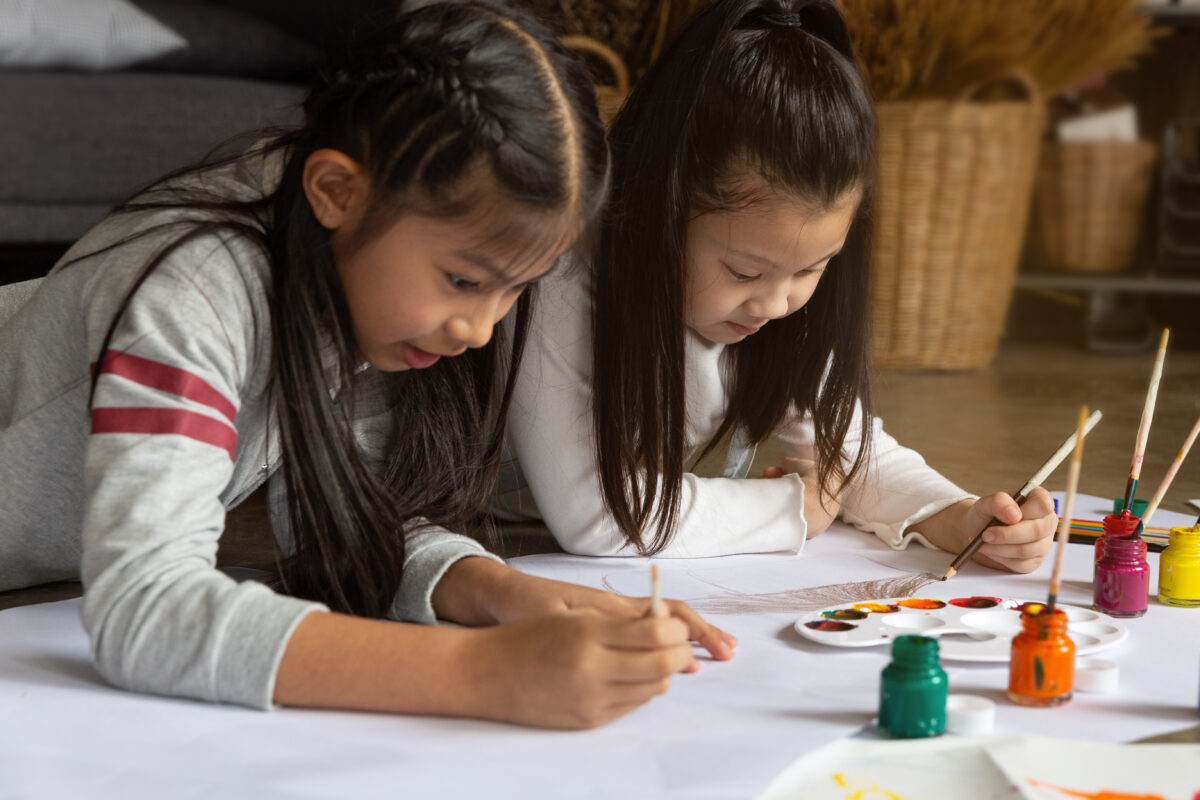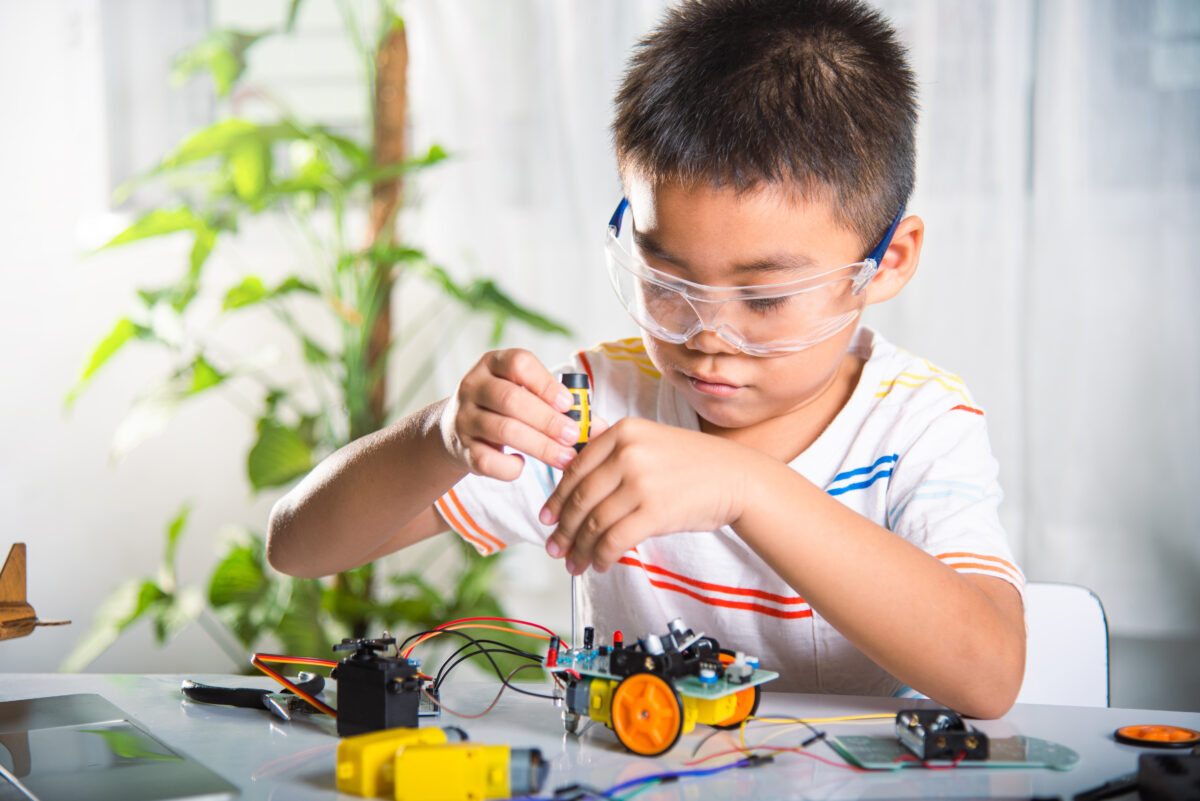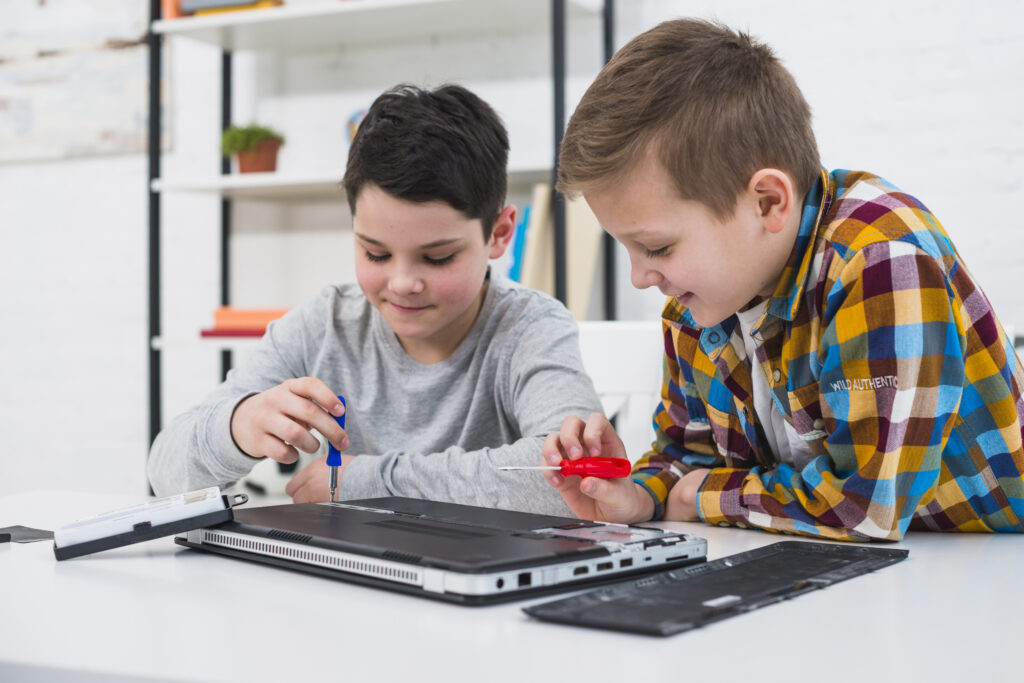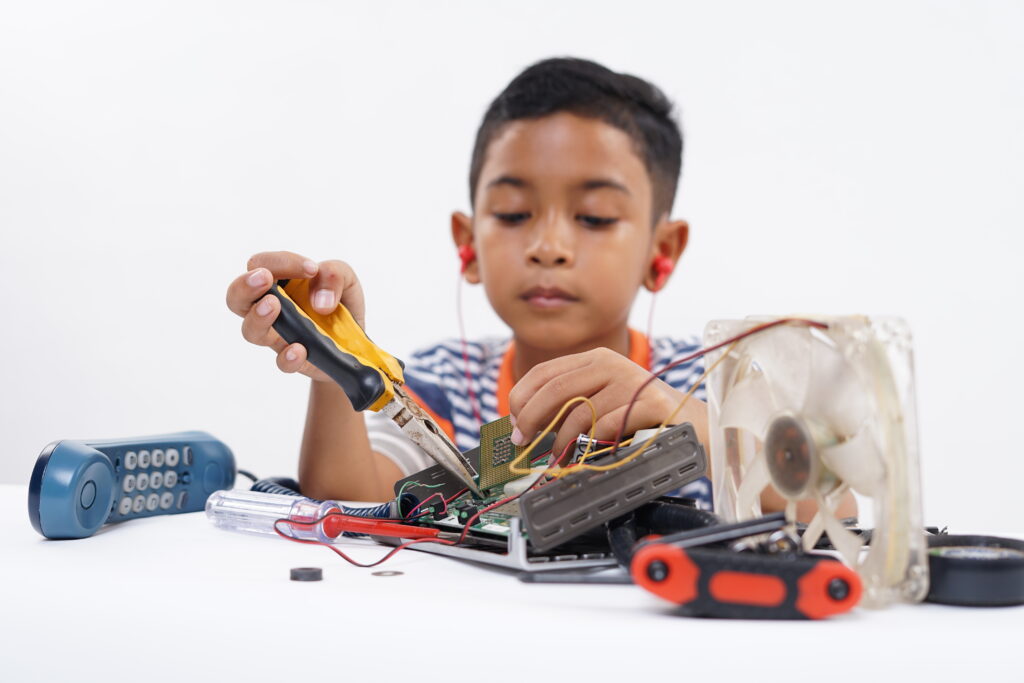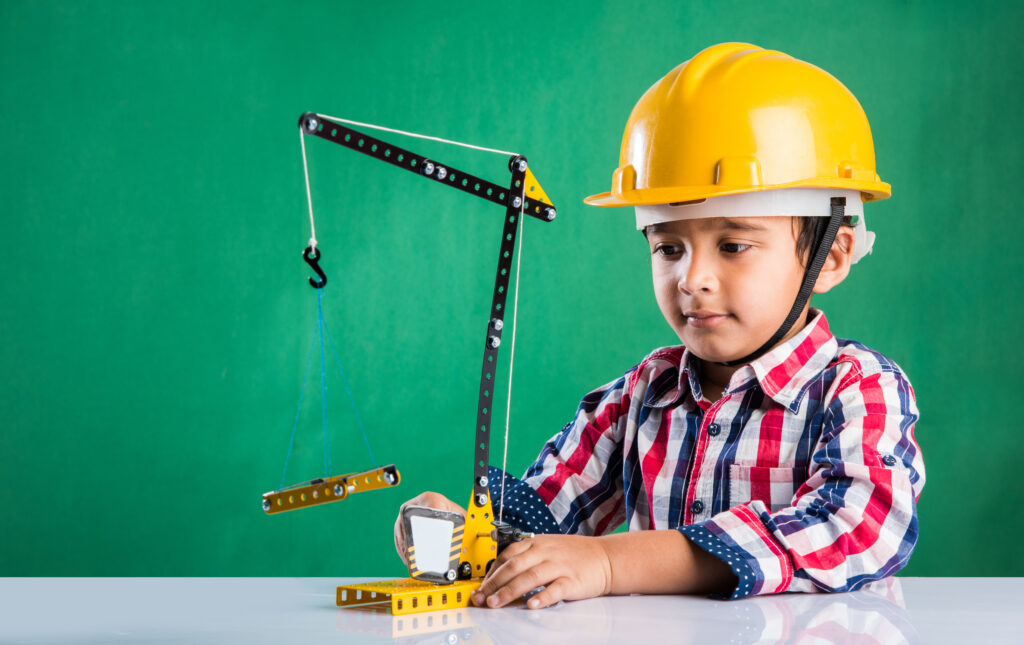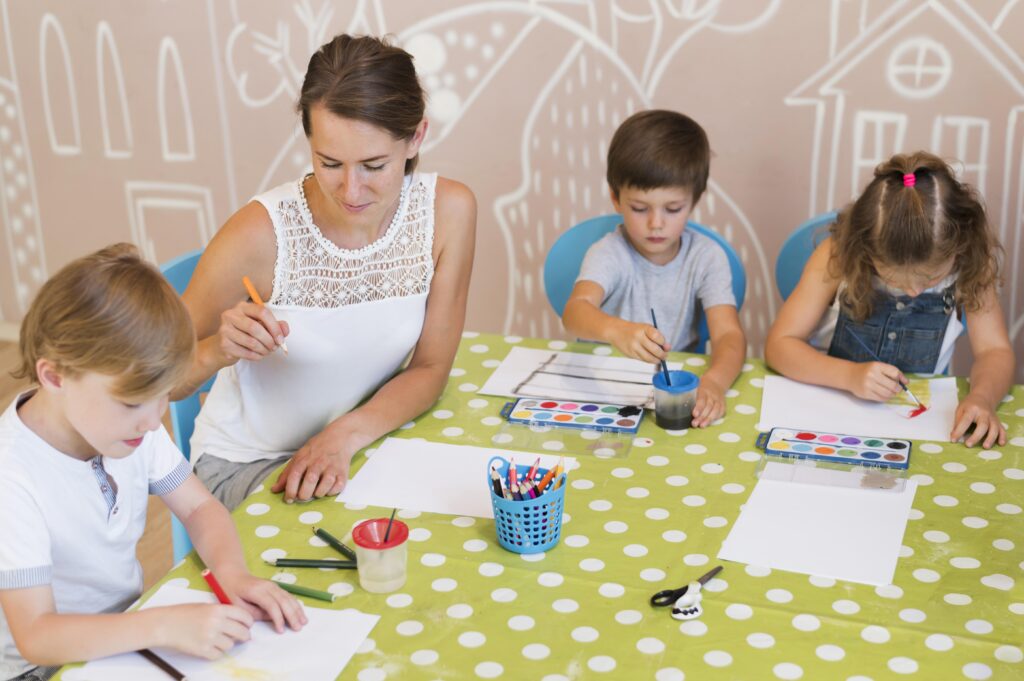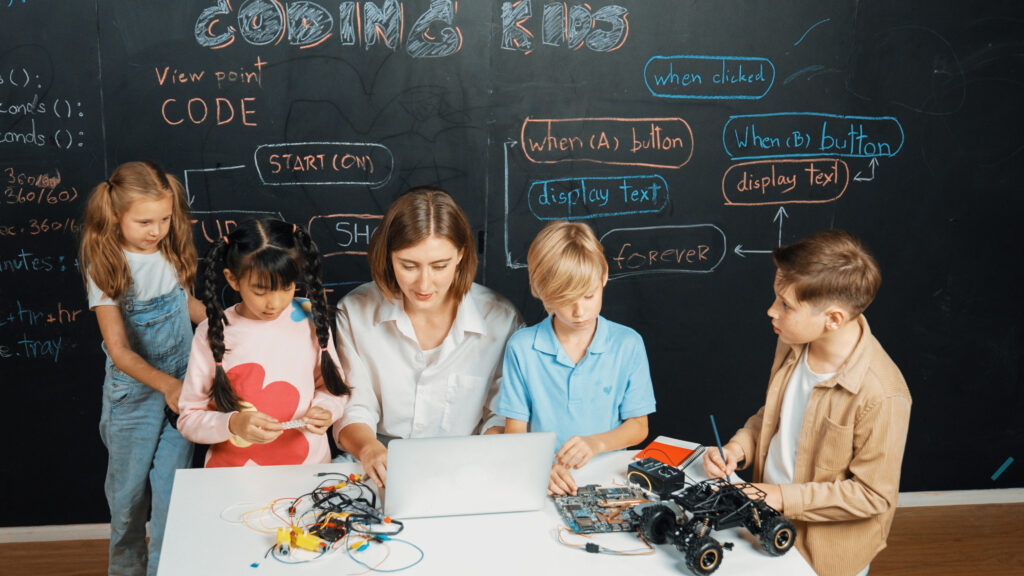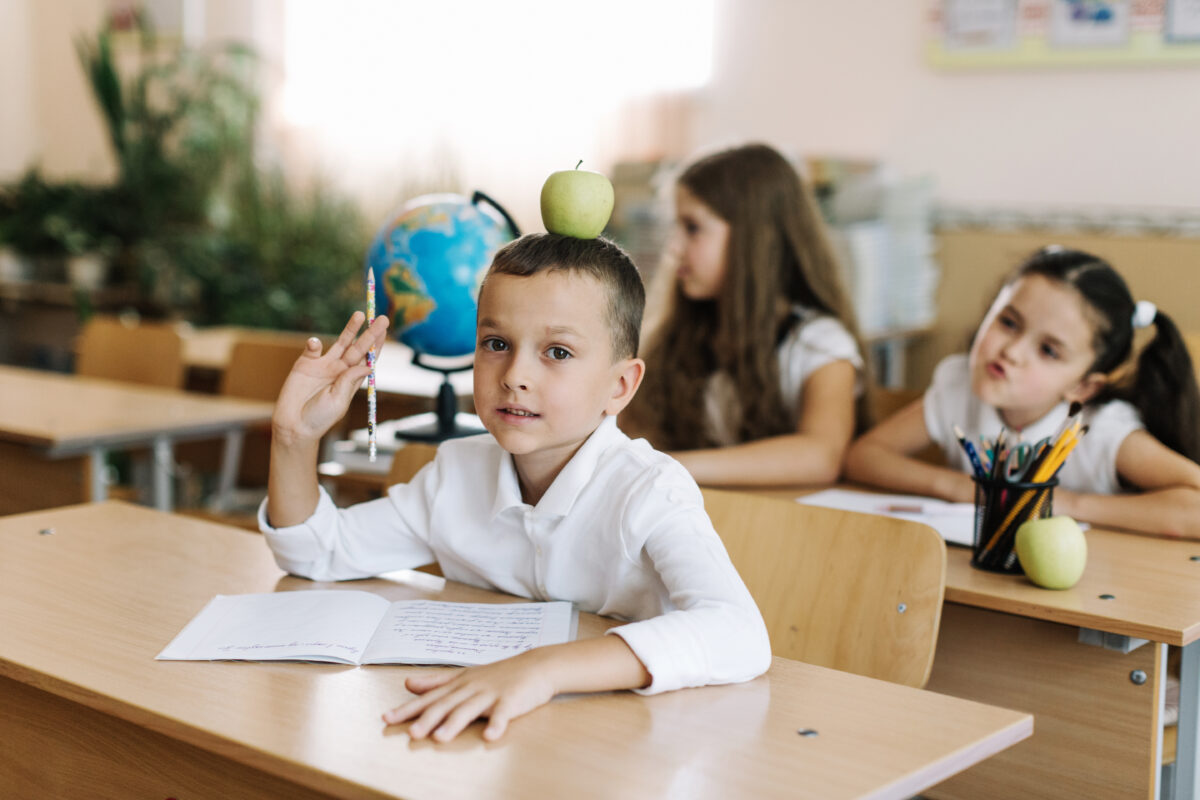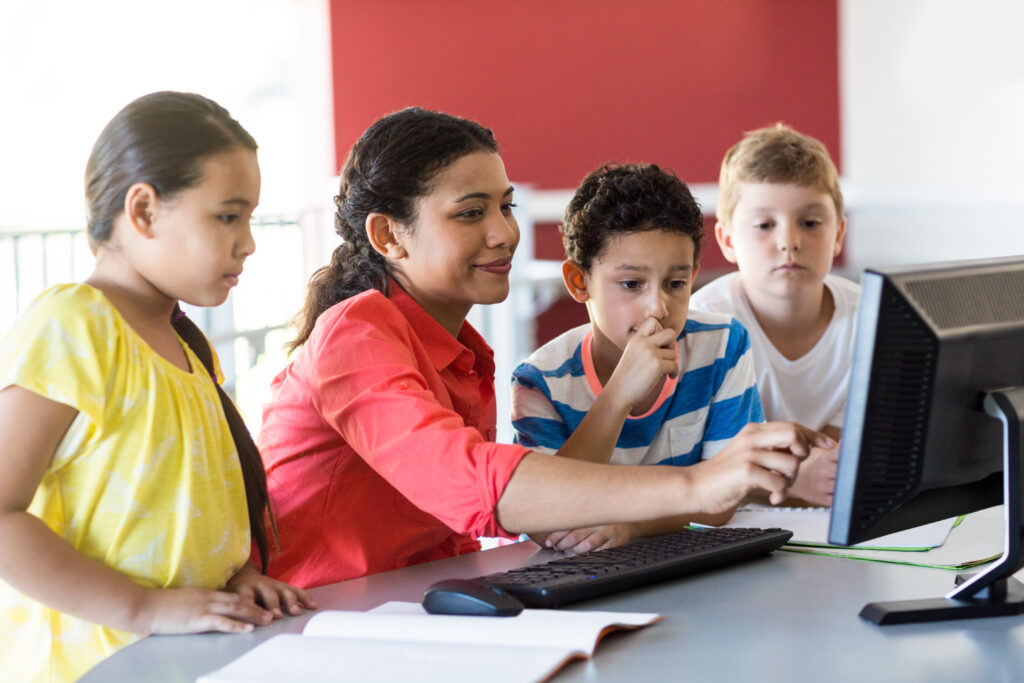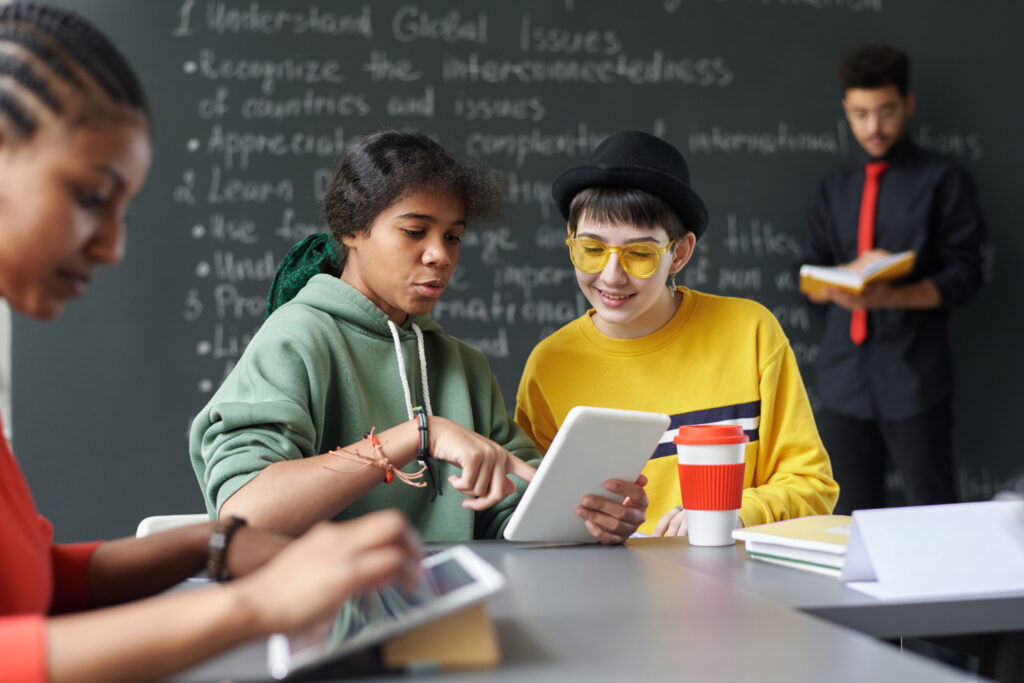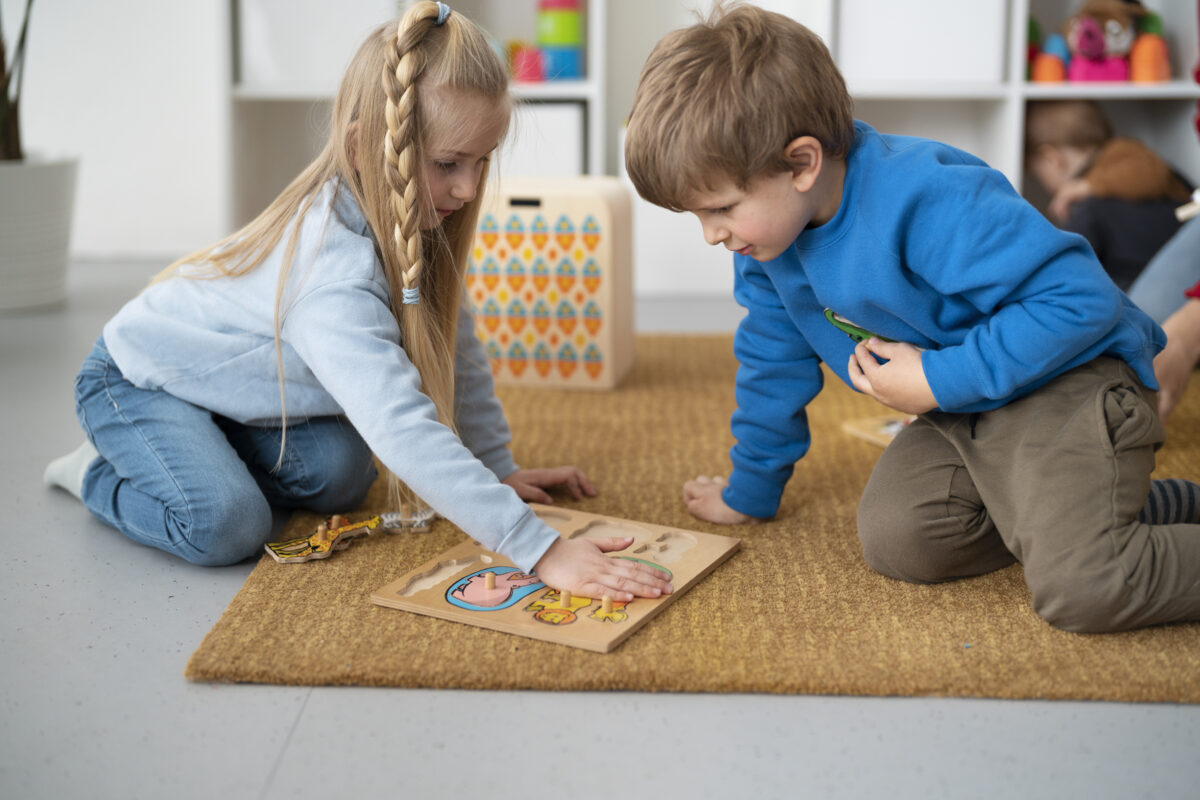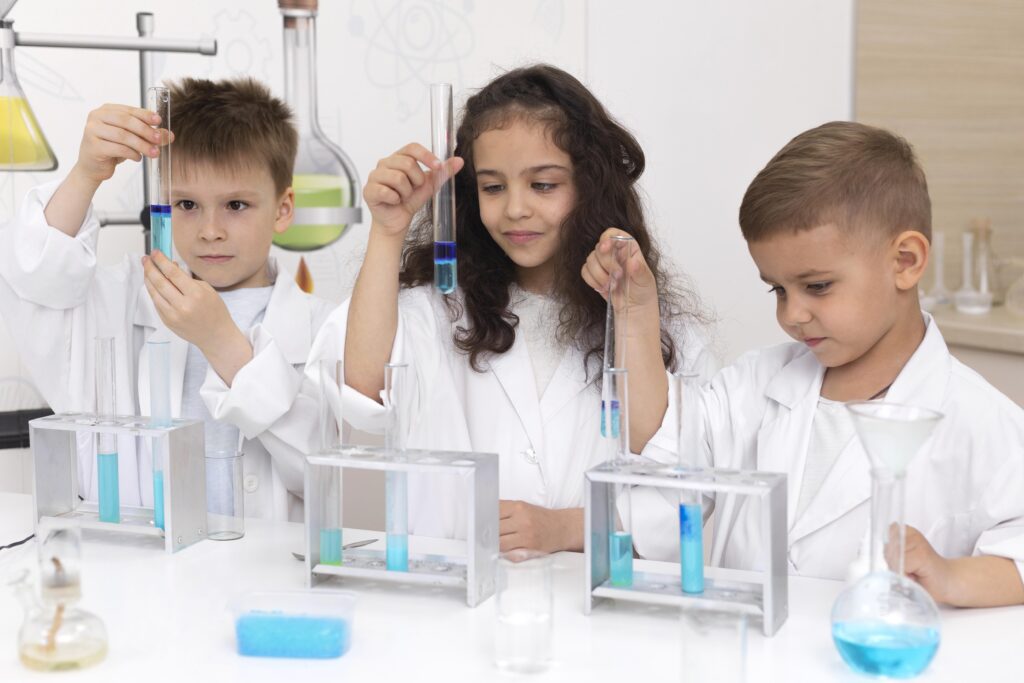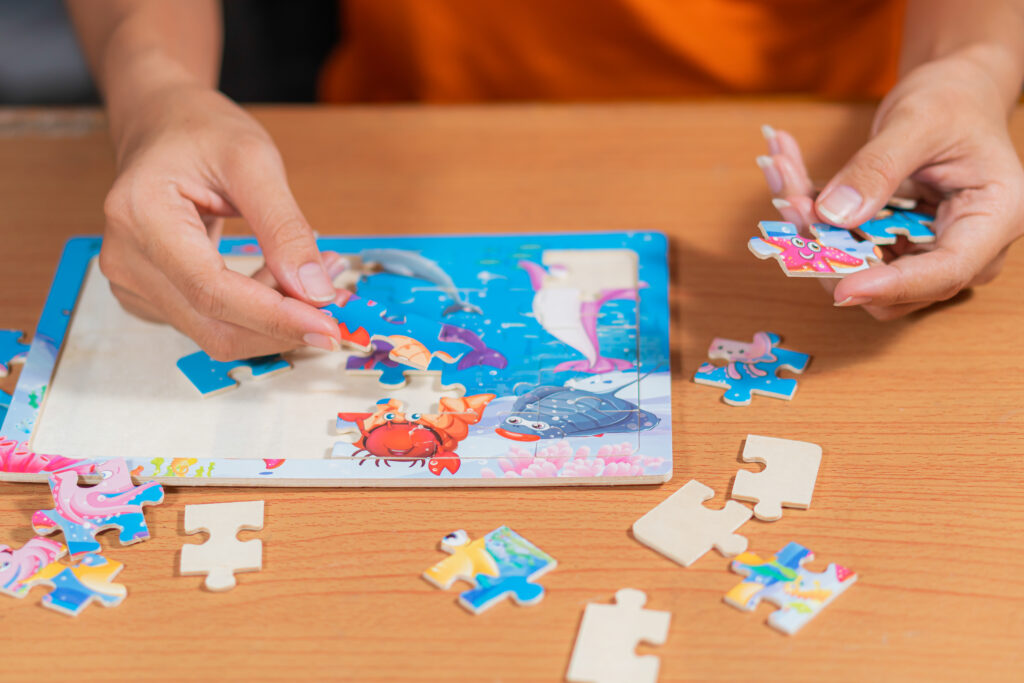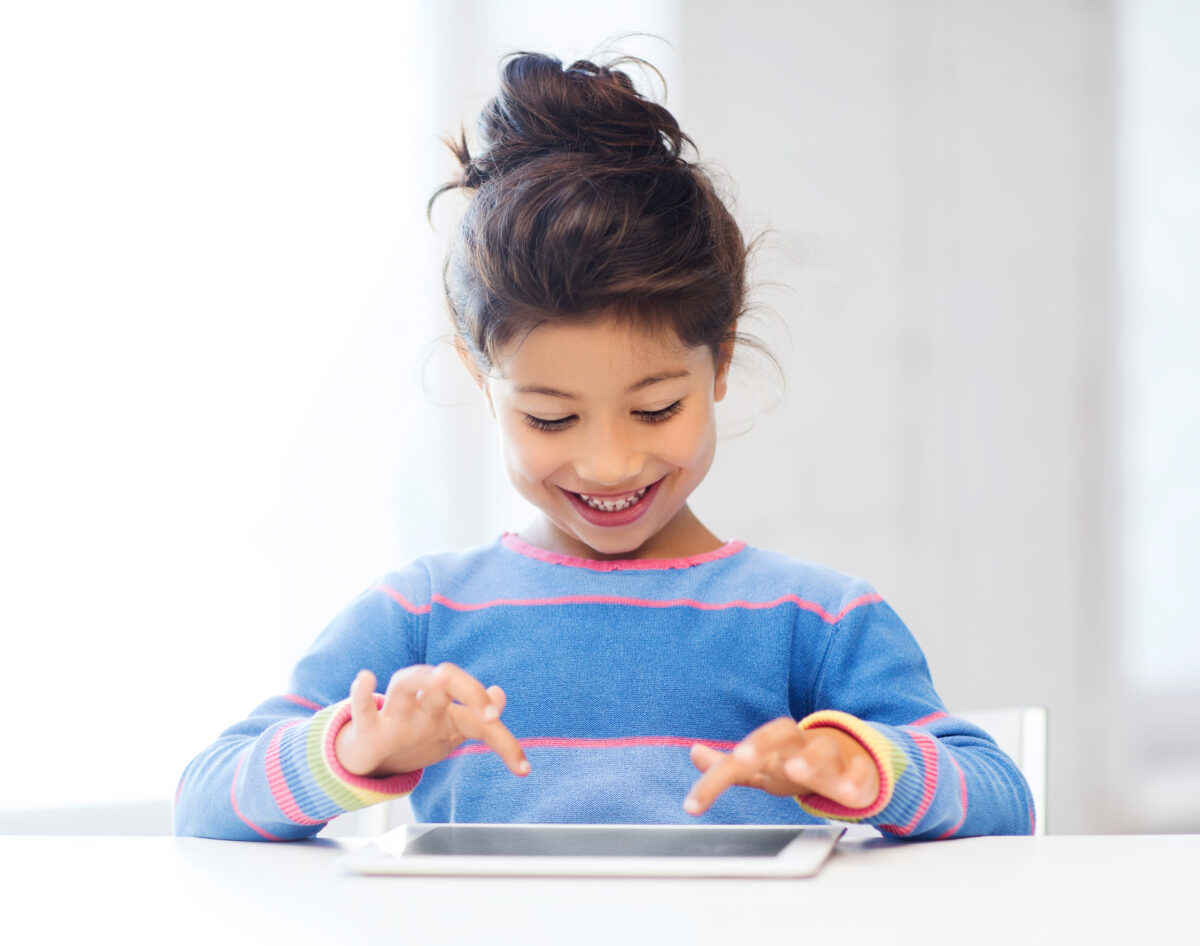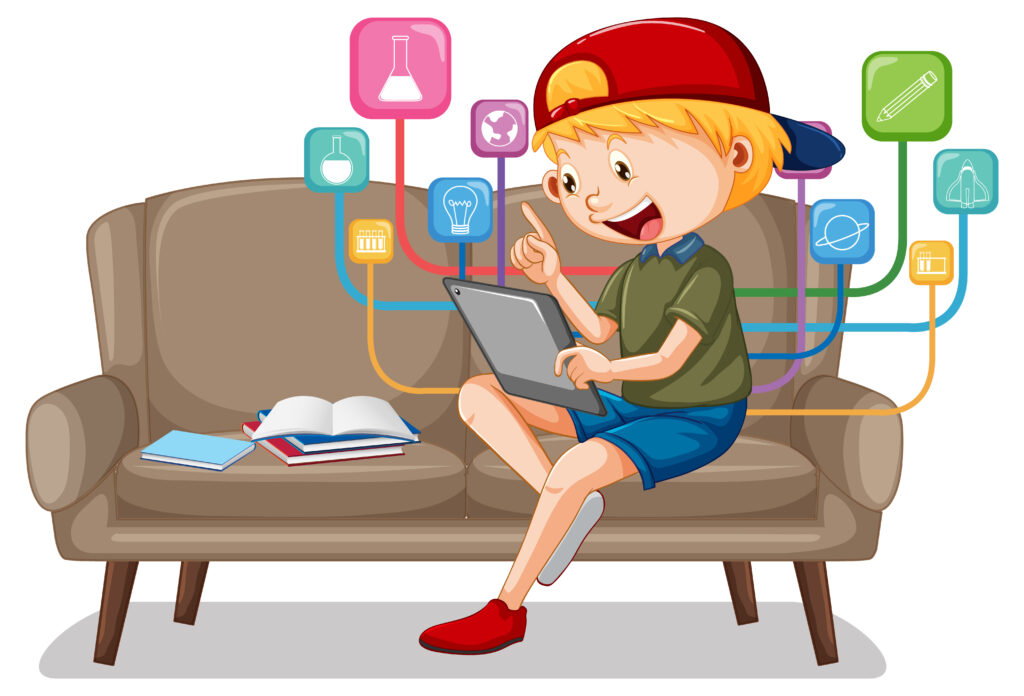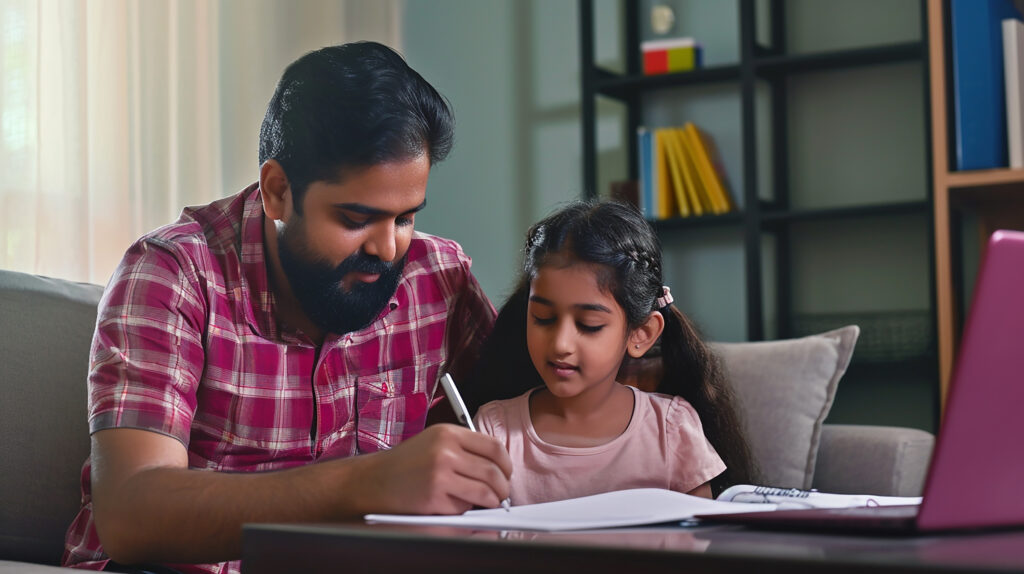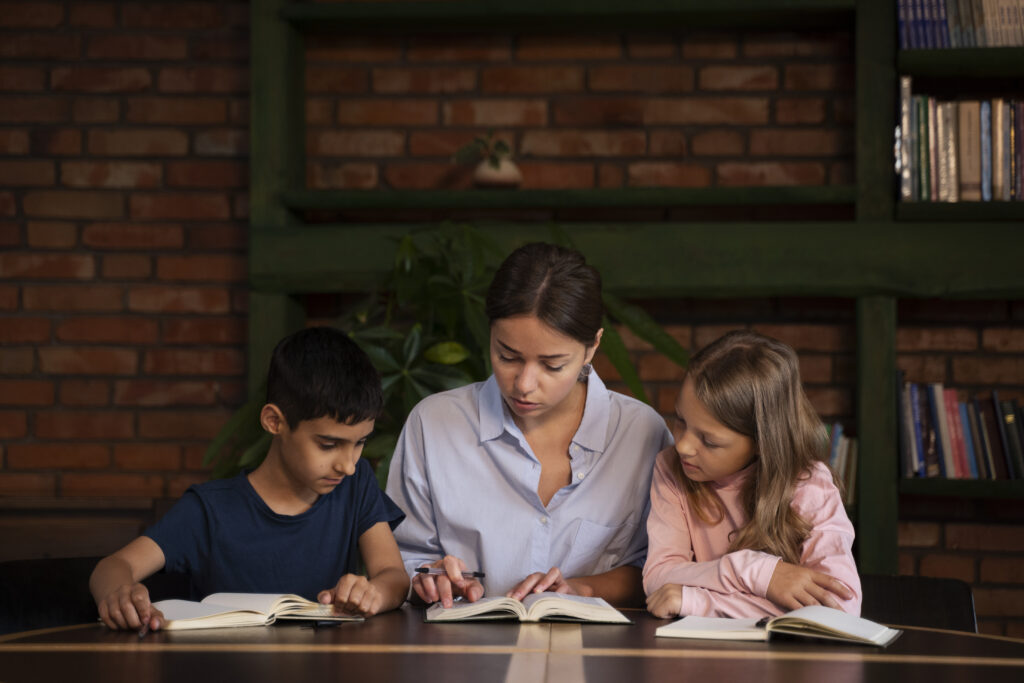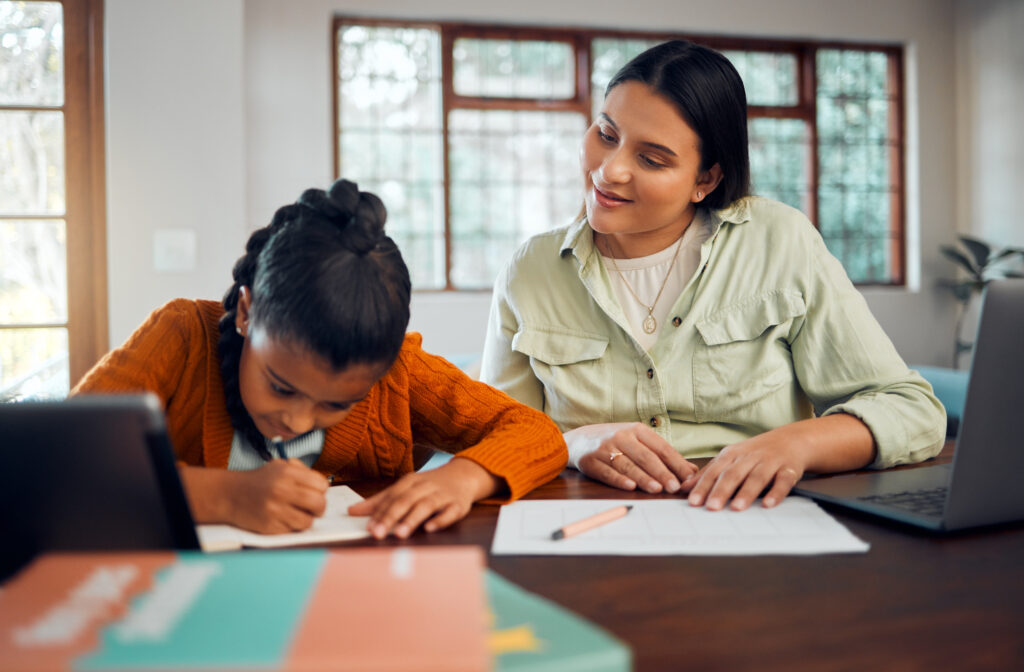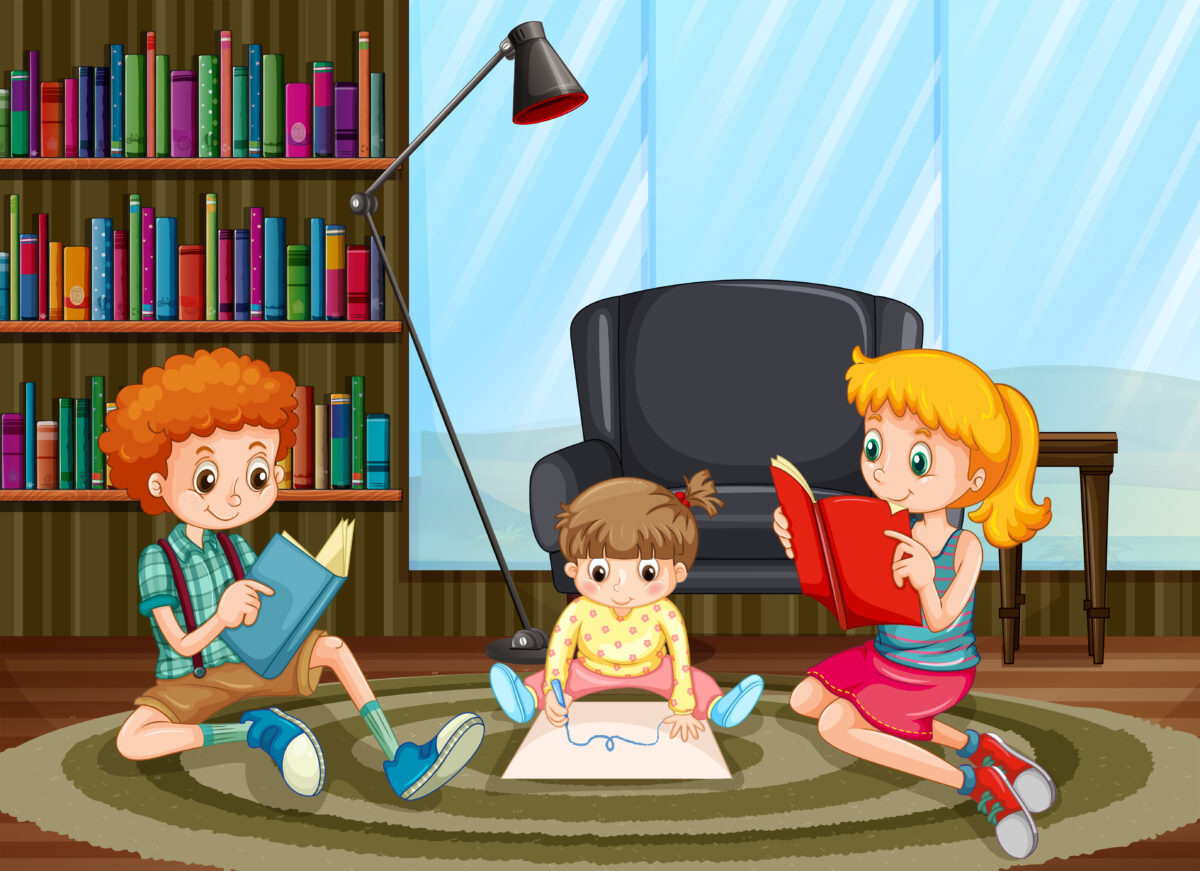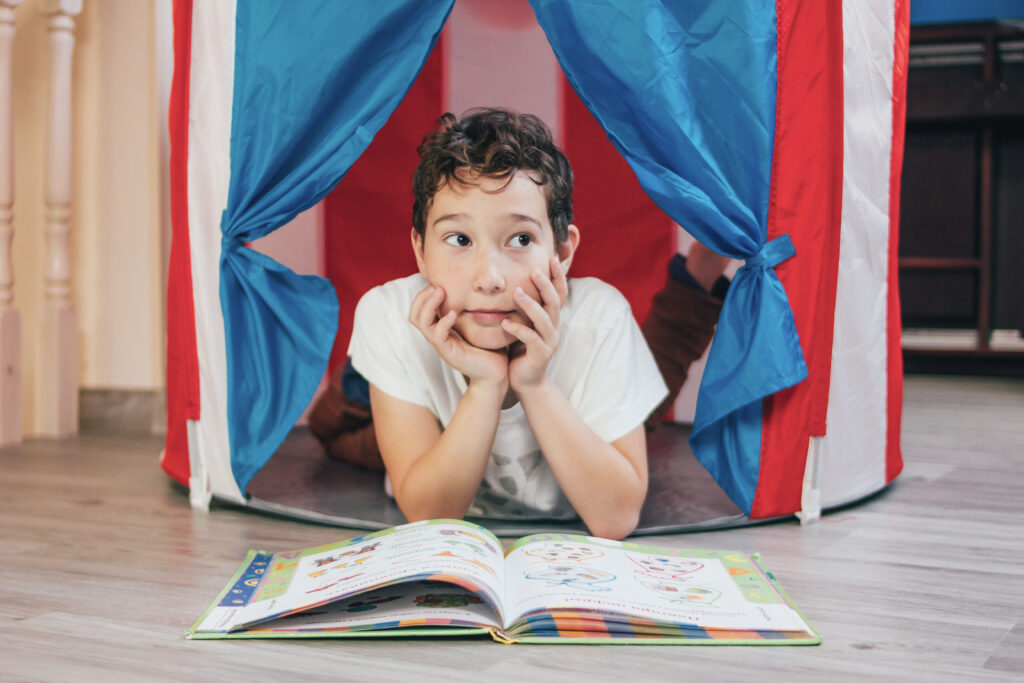Extracurricular activities are those interests outside of the prescribed academic program. They cover a broad spectrum of events including sports, the arts, music, drama, volunteer work, and many clubs and societies. These events are very important for the general growth of kids since they help to build values and skills sometimes neglected in conventional classroom environments.
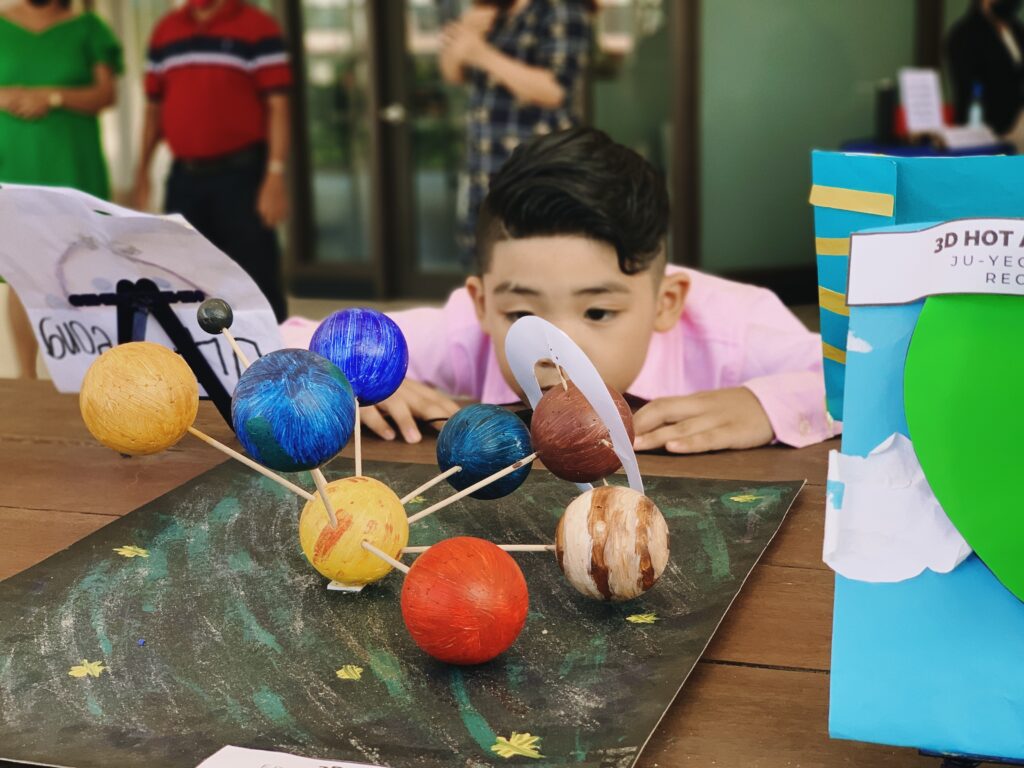
The Nizamabad CBSE schools have come to see how important extracurricular activities are to developing well-rounded people. These institutions provide a wide spectrum of activities meant to satisfy the interests and skills of every student, therefore encouraging a balanced approach to education.
Value of Extra-Curricular Activities for Student Development
Advantages of Extracurricular Activities
- Many advantages of extracurricular activities are vital for pupils’ whole development. These pursuits support in:
- Participating in group projects helps students to engage with their peers, so developing their communication and teamwork abilities.
- Studies on students engaged in extracurricular activities have revealed that their academic performance usually improves. These pursuits help to improve organizing and time management abilities.
- Participating in extracurricular activities successfully will help pupils develop their self-confidence and value.
- Sports and other physical activities help to build physical health and discipline by means of which one encourages a good lifestyle.
- Participating in leadership roles in clubs and organizations allows students to develop their management and leadership abilities.
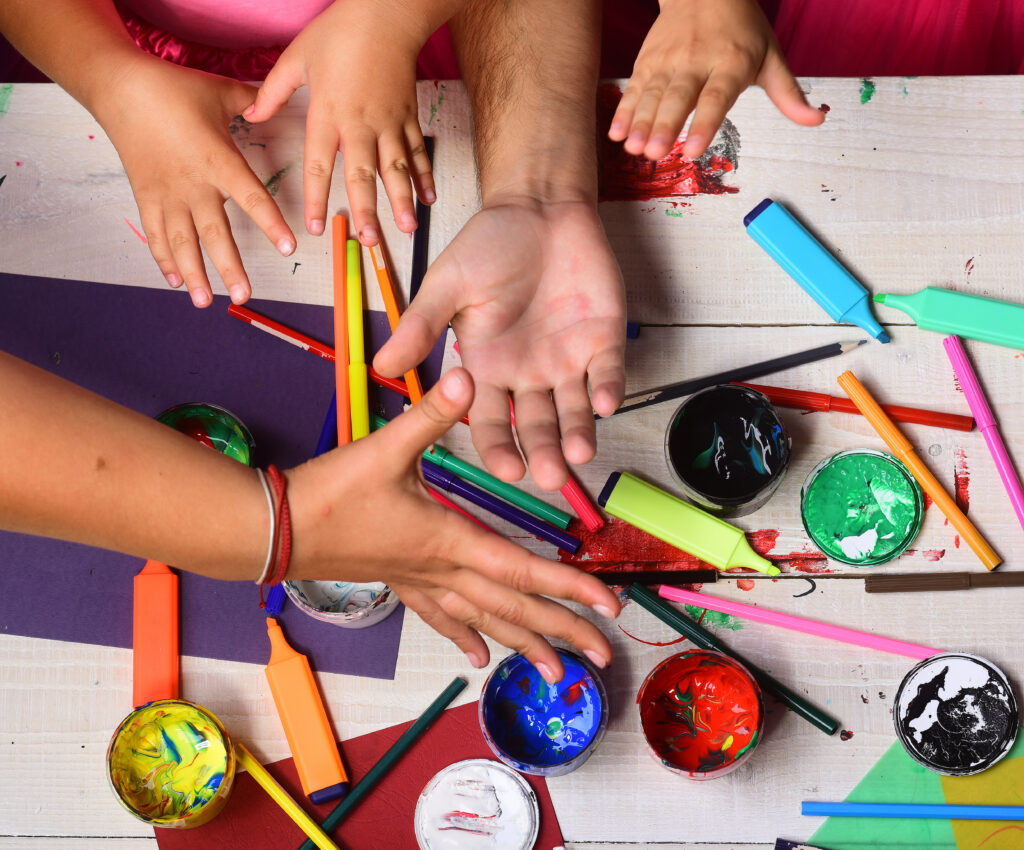
Participation in Holistic Development
By: means of their holistic development, extracurricular activities greatly support pupils in:
Arts and cultural events inspire invention and creativity. Activities include community service help pupils to develop civic participation, empathy, and responsibility.
Offering Career Exposure: Participating in many clubs and contests might enable students investigate several career routes and interests.
The extracurricular activities provided by Nsihitha School in Nizamabad range greatly and include but not only:
Among sports are cricket, football, basketball, volleyball, athletics, and more.
Painting, sculptural work, music, dance, and drama comprise the arts.
Debate clubs, science clubs, literary societies, and environmental clubs are among clubs and societies.
Different programs targeted at social welfare and environmental preservation constitute community service.
Regular meetings on personal growth, career direction, and skill advancement constitute workshops and seminars.
Successful Student Outcomes: Many of the kids from Nizamabad CBSE institutions have succeeded in several extracurricular activities.
Effect of Extra Curricular Activities on Student Development Soft Skills and Enhanced Academic Performance
Studies and inside school records show notable increases in pupils who engage in extracurricular activities:
Students involved in extracurricular activities typically demonstrate an average 15% improvement in their academic performance.
More than 80% of participants say, over soft skills development are improved leadership, communication, and problem-solving abilities.
How Nishitha School in Nizamabad Support and Motivational Enhancement of Extracurricular Participation
Staff and Teacher Involvement
Encouragement of pupils to engage in extracurricular activities by staff and teachers depends critically on:
Mentoring: Helping pupils choose and achieve in their chosen pursuits by means of direction and encouragement
Encouragement and planning of several contests and events will help students to present their skills on suitable venues.
Giving pupils helpful criticism and ongoing encouragement will help them to remain involved.
Resources and Infrastructure Ready for Use for Activities
Modern facilities and resources have been made investments in by Nizamabad CBSE schools to assist extracurricular activities including:
Sports Facilities: well kept courts, playgrounds, and gymnasiums.
Modern audio-visual tools for performing arts equip Cultural Hall.
Dedicated areas for clubs and societies to convene meetings and carry out events are known as Club Rooms
Access to large resources for academic clubs and research projects defines Libraries and Laboratories.
Advice for Parents Encouragement of Their Children’s Extensive Involvement
Value of Juggling Activities and Academics
- Parents should make sure their children approach academics and extracurricular activities in balance by:
- Encouragement of youngsters to efficiently manage their time and obligations helps to
- Tracking their child’s academic and extracurricular development helps one to make sure none is overlooked.
- Promoting Discovery and Novelty
Parents can create a conducive surroundings by:
Encouragement of children to investigate several hobbies in order to identify their interests and aptitudes helps to foster
Celebrating successes and offering helpful criticism to boost confidence and drive would help to positively reinforce
Through encouraging social skills, academic excellence, and personal development, extracurricular activities are absolutely vital for the whole development of kids. Supported by committed staff and strong infrastructure, Nizamabad CBSE schools provide a wide spectrum of activities to guarantee children have many chances to flourish.
Parents and students should actively engage in these events in order to maximize their own abilities and experience complete development.


